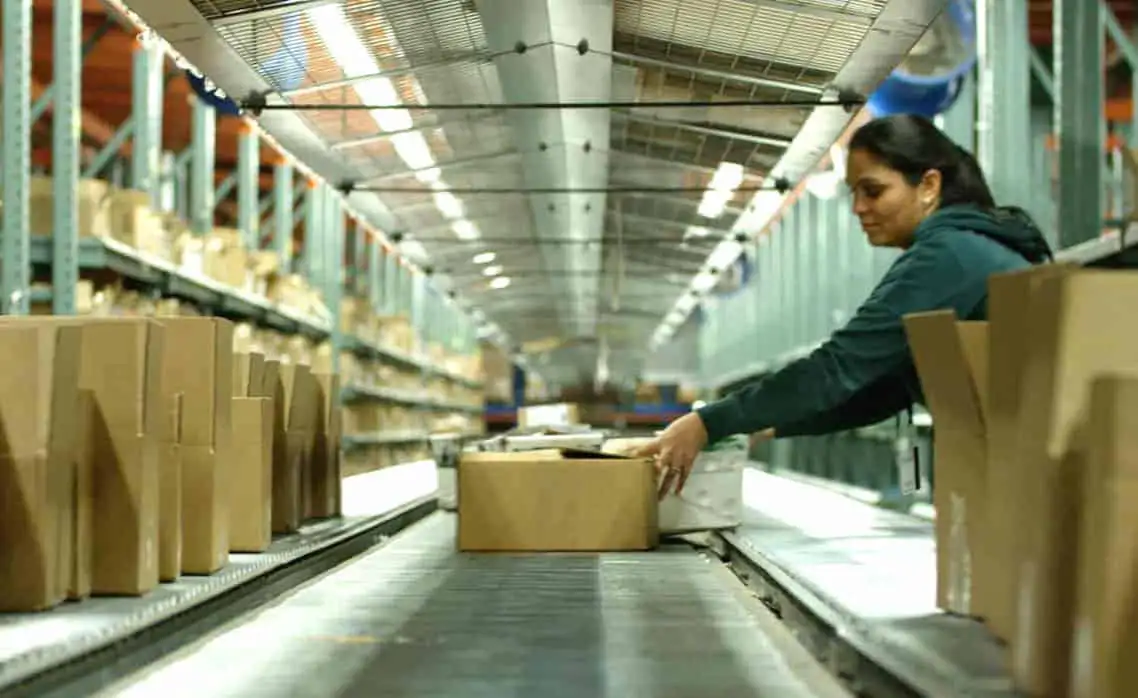Is Your Warehouse Management System Breaking Your Bottom Line?
A Warehouse Management System (WMS) is crucial to a supply chain’s bottom line. Underperforming systems can break it, while a Tier 1 platform can make it. Today’s WMS technology provides visibility and management of product inventory, and also extends into warehouse labor, space utilization, workflows, equipment requirements, and even accounting.
Here’s how a Warehouse Management System can make or break your bottom line:
RFID/Location tracking
One of the most fundamental aspects of WMS is tracking the physical movement of products into and out of the warehouse. RF, or RFID (Radio-Frequency Identification) technology scans and enters inventory into the system, and WMS keeps track of its various destinations until final fulfillment to your consumers.
MAKE: Accuracy and real-time visibility of products, efficiency through automated data collection
BREAK: Manual data capture and reliance on physical location of products
Inventory Management
Above and beyond tracking location, a robust WMS will track each type of product to an SKU or even serial number level, its shelf cycle, average time to ship, velocity, etc. Inventory and order management integration within the software allows for real-time analysis and provides an accurate picture of the state of the warehouse product through custom reports and live dashboards.
MAKE: Automated reports and stats based on real-time, robust data
BREAK: Disconnected tracking and reporting modules and spreadsheets
Customer Service
Being able to respond to and fulfill orders quickly and accurately ultimately drives more sales. A good WMS will integrate with a client’s order management or ERP platform, and will provide product visibility through an online customer facing portal.
MAKE: integrated PO management status visibility
BREAK: Inaccurate orders, lost products, inability to check real-time status, resulting in loss of business and damaged reputation
Planning and Forecasting
Integrated reporting and analysis from inventory and order management data can be used to forecast orders, quantities, and anticipate peak times. Knowing product cycles allows you to maintain optimal levels of inventory and streamline shipping.
MAKE: Product flow is smooth, inventory costs are maintained and space is used efficiently
BREAK: Unused products take up space in the warehouse, and sales are lost due to out-of-stock items.
Invoicing and Records Management
Many modern WMSs are able to integrate with accounting systems to automate labor tracking and invoicing processes. Having detailed transactional data integrated into billing functions saves duplicitous work and decreases errors.
MAKE: Accurate and timely invoicing, labor, and supply records
BREAK: Lengthy processing time and inaccurate or delayed invoicing
Automatic Notices
Most big-box retailers have strict shipping and receiving guidelines. Avoid unnecessary chargebacks using Electronic Data Interchange (EDI), including Advance Shipment Notifications (ASNs). A strong WMS platform will be equipped to use ASNs and other automated electronic notifications to stay in compliance with retail stores.
MAKE: Automated electronic communications keep products moving through the supply chain
BREAK: Costly returns due to inefficient communications, missed delivery windows and unapproved shipments
These are a few best-in class capabilities that should be involved in the execution of a strong supply chain. Contact LEGACY to learn more about improving your supply chain and increasing performance by utilizing Tier 1 warehouse management system technology.
-
Legacy Achieves Platinum Status for Delivery Excellence From Amazon
When it comes to supply chain performance, the margin for error is razor thin. Customers expect orders to arrive quickly, accurately, and...
+ Read more -
IPS Corporation selects Legacy as 3PL Partner to drive Supply Chain Transformation
FRANKLIN, IN | September 10th, 2025 – Legacy SCS announced that it has been selected by IPS Corporation, a global leader in Water...
+ Read more -
How GForce Transformed Its Supply Chain Into a Powerful Growth Engine
When GForce Arms launched in 2020, the mission was simple but ambitious: deliver affordable, reliable firearms with the speed and...
+ Read more





